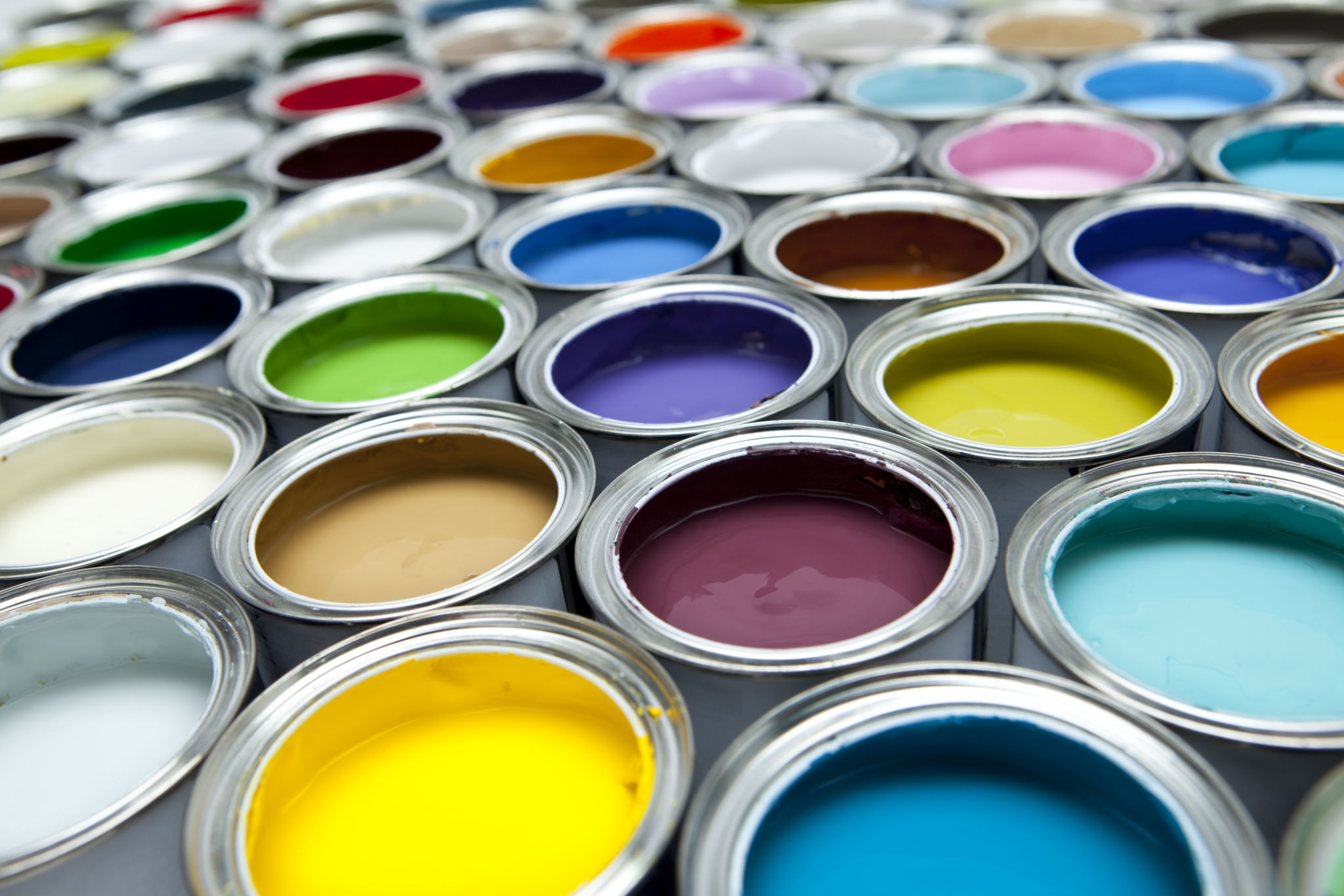How to Prepare Your Home for a Professional Interior Painting
Clear the Space
Before the professionals arrive, it's essential to clear the space where the painting will occur. Start by removing all furniture, decorations, and any other items that may obstruct the painters' access to walls and ceilings. If moving everything is not feasible, consider grouping furniture in the center of the room and covering it with protective sheets.
Ensure that curtains, blinds, and wall-mounted fixtures are also removed. This not only helps prevent any paint splatters but also allows the painters to reach all areas easily. Taking these steps will ensure a smooth and efficient painting process.

Clean and Repair Surfaces
A clean surface is crucial for a long-lasting paint job. Dust, dirt, and grease can prevent paint from adhering properly, resulting in an uneven finish. Use a mild detergent solution to wipe down walls and surfaces that will be painted. Pay special attention to high-touch areas like door frames and light switches.
Once cleaned, inspect the walls for any cracks, holes, or peeling paint. Repair these imperfections with suitable fillers or putty. Sand down any rough spots for a smooth finish. Proper surface preparation will ensure a professional-looking result.
Choose the Right Paint and Finish
While the painting team may provide recommendations, having an idea of your color preferences and finishes can streamline the process. Consider the mood you want to create in each room. Light colors can make a small space feel larger, while bold colors can add a dramatic flair.

Additionally, think about the finish you prefer. Matte finishes are excellent for hiding imperfections, while glossy finishes are easier to clean. Discuss your choices with the professionals to ensure your vision aligns with their expertise.
Protect Flooring and Fixtures
Even with the most careful painters, accidents can happen. Protect your flooring by laying down drop cloths or plastic sheeting. Secure these coverings with tape to prevent slipping or movement during the job.
Similarly, cover any fixtures that cannot be removed, such as built-in shelves or large appliances. Using painter's tape around edges and trims will also help maintain clean lines and prevent any accidental paint application.

Ensure Proper Ventilation
Good ventilation is essential during painting to ensure safety and promote quicker drying times. Open windows and doors to allow fresh air to circulate throughout the space. If your home has ceiling fans or portable fans, use them to enhance airflow.
If anyone in your household has respiratory sensitivities, consider arranging for them to stay elsewhere during the painting process. Fresh air will not only help disperse fumes but will also make the environment more comfortable for both painters and residents.
Communicate with Your Painters
Effective communication is key to achieving your desired results. Discuss any specific concerns or requests with your painting team before they begin. Whether it's a particular area that needs extra attention or a preferred technique, sharing your thoughts will ensure everyone is on the same page.

Finally, be available for any questions or clarifications during the project. Your input can help address issues promptly and lead to a successful and satisfying outcome.